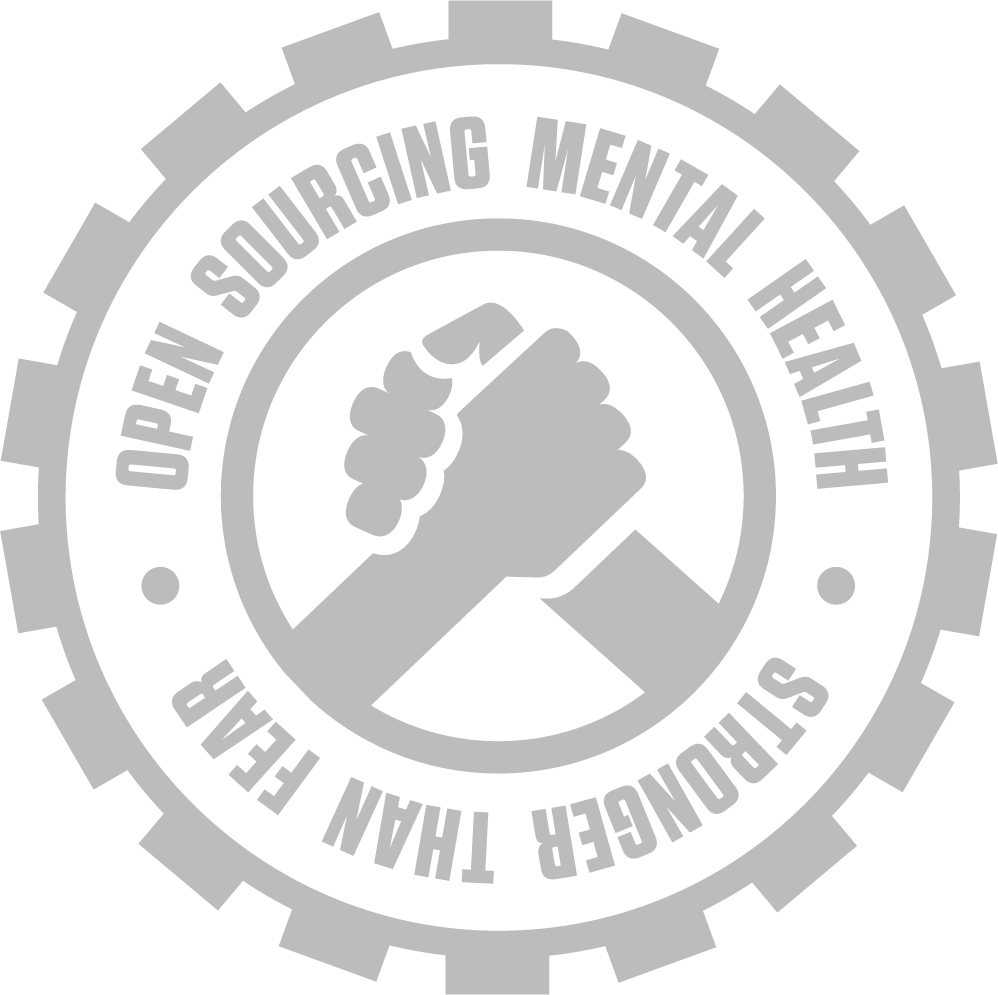
Undergraduate Computer Science students at highly competitive institutions, such as the one at which I teach, live with a tremendous amount of stress. Courses are fast-paced and extremely rigorous, often requiring algorithmic thinking skills as well as strong programming ability. Students in large classes may feel like a nameless face, especially if they are members of historically underrepresented or marginalized groups. And outside of school, there is often pressure to get a job at a top software company, many of which typically have extremely competitive and selective hiring processes.
A certain level of stress is good and is part of the learning process, yet now more than ever, we are seeing Computer Science student stress turn into distress. Students often feel that they are unable to cope with their workload and the pressures they put on themselves, in addition to the pressures they feel from society, their peers, and from their families.
To that end, it is critical that Computer Science instructors signal that they care about their students’ mental health and create environments in which students can get the support they need. At the very least, instructors should ensure that students know about campus mental health resources such as counseling services, peer-to-peer hotlines, etc., by listing them in their course syllabus and in easy-to-find locations in course discussion boards and learning management systems.
Getting students to know about resources is the easy part: getting them to use those resources is trickier. An important step for instructors is destigmatizing their use and indicating that it is perfectly okay to ask for help when it comes to mental health. Students look to their instructors for guidance in both academic and life-related issues, and it can be very effective for instructors to make in-class announcements reminding students about these resources. Instructors who are not comfortable making the announcement themselves can invite representatives from student wellness groups to talk about these resources. Regardless of who does the talking, demonstrating to the students that this is important enough to mention during class goes a long way.
In my classes, I not only remind students about campus mental health resources, but I also state publicly that I live with a mental illness and see a therapist. I make it clear that I’m happy to meet with students if they’d like to discuss their mental health concerns with me. I know from discussions with colleagues that not everyone is as comfortable with being as open about this as I am, but this revelation certainly signals that I care about this topic as well as my students’ mental health. It is not easy to stand in front of a room full of 300 undergraduates and tell them about my mental illness, but later in the semester when a student tells me “I started using the campus mental health resources because of what you said in class,” then I know I’m doing something right.
Photo by Christina Morillo from Pexels





 According to the National Eating Disorders Association (NEDA), “In the United States alone, eating disorders will affect 10 million males at some point in their lives. But due in large part to cultural bias, they are much less likely to seek treatment for their eating disorder.” This means that about one third of the people struggling with an eating disorder are male. The cultural bias that makes seeking treatment difficult includes eating disorders being viewed as a feminine problem, misconceptions about what constitutes an eating disorder, and a major stigma around men seeking help for psychological issues.
According to the National Eating Disorders Association (NEDA), “In the United States alone, eating disorders will affect 10 million males at some point in their lives. But due in large part to cultural bias, they are much less likely to seek treatment for their eating disorder.” This means that about one third of the people struggling with an eating disorder are male. The cultural bias that makes seeking treatment difficult includes eating disorders being viewed as a feminine problem, misconceptions about what constitutes an eating disorder, and a major stigma around men seeking help for psychological issues. When you think of the 1800's, you likely don't think of compassionate mental health care. The treatment for mental illnesses in that time period...left a lot to be desired. Those suffering from mental illnesses were confined in pens or cages and denied basic necessities, like clothing. If they were not behaving "properly", they were tortured and beaten until their behavior changed.
When you think of the 1800's, you likely don't think of compassionate mental health care. The treatment for mental illnesses in that time period...left a lot to be desired. Those suffering from mental illnesses were confined in pens or cages and denied basic necessities, like clothing. If they were not behaving "properly", they were tortured and beaten until their behavior changed. Oftentimes, we discuss mental health care at work in the context of social responsibility and caring for our fellow humans. However, making mental health care a priority within a company is about profit too. The Centers for Disease Control and Prevention (CDC) estimates that
Oftentimes, we discuss mental health care at work in the context of social responsibility and caring for our fellow humans. However, making mental health care a priority within a company is about profit too. The Centers for Disease Control and Prevention (CDC) estimates that